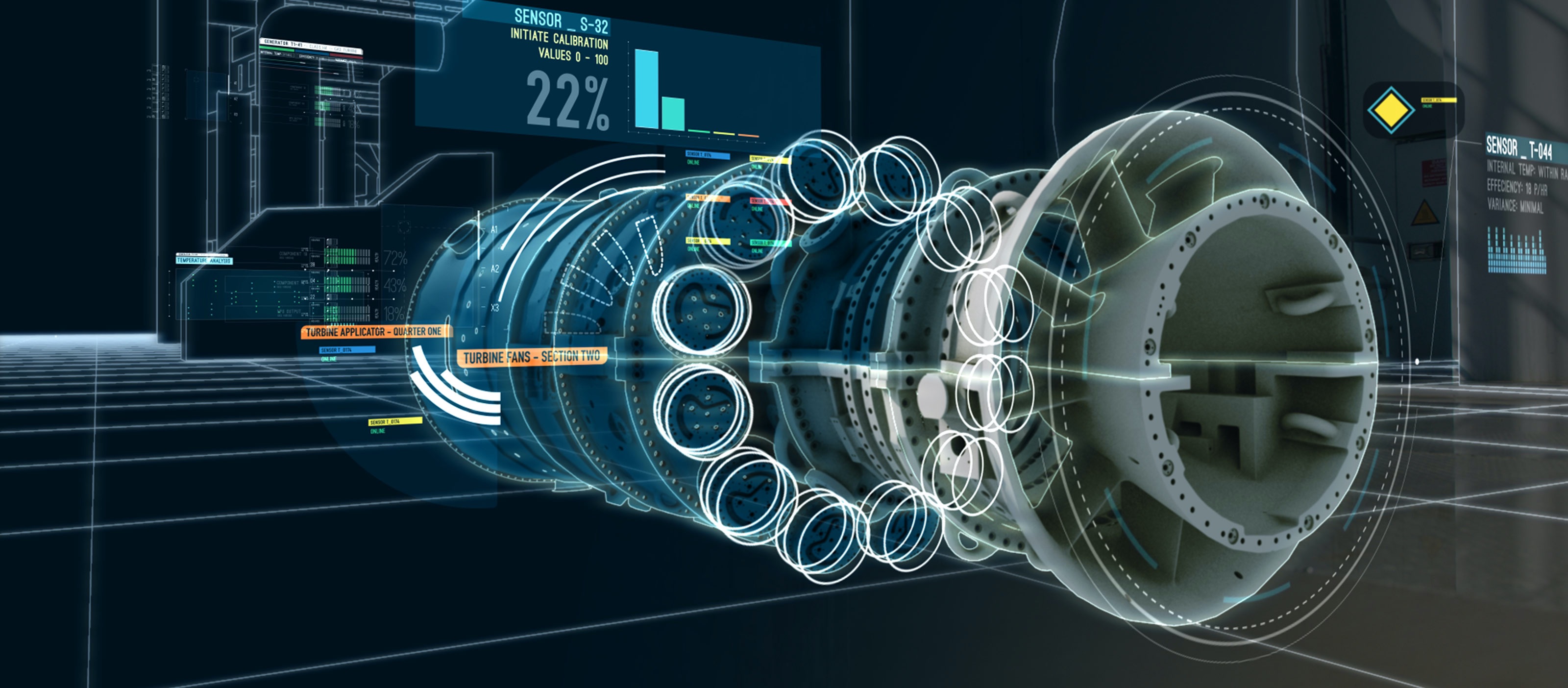Following the finest traditions of digital transformation, digital twins are a revolutionary force actively changing how countless industries operate.
However, while digital transformation is a term that has confidently made its way into the lexicon of most tech companies, “digital twin” is a much newer and less prominent term.
How Does A Digital Twin Work?
On the surface, a digital twin is exactly what it sounds like – a digital copy of something real. However, a more nuanced description is that of a digital model of a real-life object created with accurate data gathered from the object in question.
It is important to note that the objects being represented are not limited to singular items (e.g. a wheel), and can also extend to systems (e.g. a car with all of its components) or processes (e.g. how the car drives on the road).
The main differences between a digital twin and an ordinary digital model are accuracy and dynamics. While a regular model is traditionally built with one set of data and often based on estimates, twins use the most accurate data collected by sensors attached to the object. In fact, some twins keep the sensors attached permanently to update the object’s representation in real-time.
Digital twins have a wide range of use, but manufacturing is one of the key focuses, considering that they can improve efficiency and profits on an incredibly large and global scale.
Valuable insights
Most of the data and statistics extracted from a manufacturing process are resultative, so they are received and recorded after something has taken place (e.g. a set of products is produced, or a single element is built, or a machine has completed its daily run-cycle). While results are incredibly important in manufacturing, they tell us very little about the flow of the project.
This disadvantage is not present in twins, as they can take in data from sensors in real-time, allowing us to see what is happening at each stage of the process, and not just after. Looking at this data, it becomes much easier to find aspects of the process that are underperforming and can be improved. In the end, this leads to an improvement in operational efficiency and product quality, as noted by Microsoft.
Troubleshooting remotely
When something goes wrong at a manufacturing plant, the cause of the issue is often easy to pinpoint, like with admitted human error or a known system glitch. However, other times, there is no obvious cause and it takes a deep dive to find the root of the problem. It is not unusual for this troubleshooting process to take days or even weeks.
On the other hand, troubleshooting with a twin is much faster and does not require you to be on-site with the machine/equipment. For example, the sensors feeding data to the twin can help isolate the root cause of the issue.
However, even if this is not an option, you can tinker with the virtual model to determine the circumstances leading to the incident. The same principle applies towards fixing the issue – you do not need to be on-site, and can test possible solutions by applying them on the virtual model. This greatly reduces risk when a definitive solution is applied to production.
Prototyping
While we usually associate digital twins with existing objects and systems, they can also represent things that do not exist yet, but which are in the works. For example, a virtual prototype can be built from data of an existing object or based on completely new and theoretic data/projections.
As a result, you will have a model that can be preemptively tested and modified if necessary. This will cut the costs of building multiple physical prototypes when the first version is not accepted. For example, a prototype being developed in Cambridge aims to model the entire city and test solutions for improving air quality and traffic.
Improved Visualization
It is certainly possible to find twins that display information about their object in rows, tables, and text, but the overwhelming majority of them visualize the data in the form of a 3D model. Depending on the software used to visualize this virtual model, the object may also move in accordance with its physical manifestation and visibly respond to modifications applied in the program.
This provides a very clear and accessible image of the object. If this is a piece of heavy machinery, for example, you would not be able to learn much about it from looking at it. However, a virtual model will let you see it from all angles, zoom in, focus on separate parts, and processes in a matter of clicks.
#programming #prototyping #plm #what-is-a-plm-system #digital-twin-coding #plm-systems-vs-digital-twins #digital-transformation #digital-twin-vs-digital-model
